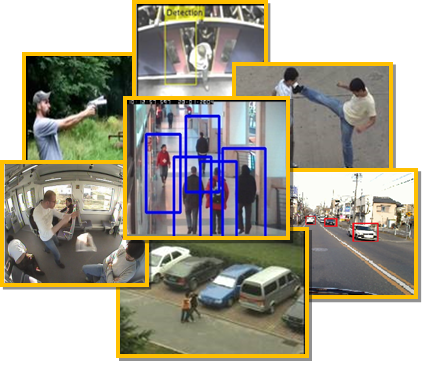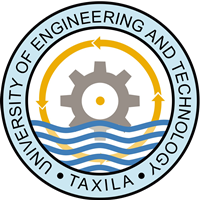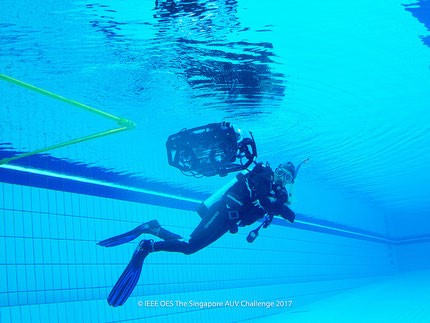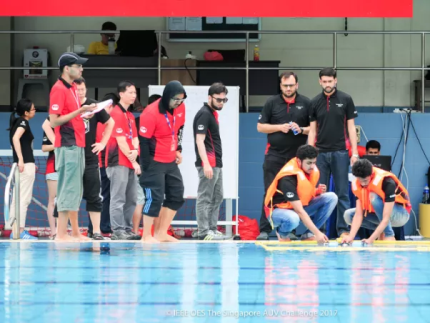Sub-Labs
1. Swarm Intelligence Lab:
Swarm Intelligence lab will not only be responsible to develop intelligent and application-generic algorithms but also to develop robotic and sensor platforms to deploy during the Proof-of-Concept (PoC) stage. Dr. Mansoor Shaukat will head the Swarm Intelligence Lab.
Current research in the field of multi-agent systems and swarm robotics span both the hardware and the simulation development. Developed algorithms have been tested on a fleet of four underwater robots self-developed by Dr. Mansoor Shaukat during his stay at NUS. His work has focused on using minimal distributed communication based strategies for invoking coordination between multiple robots. His work on passive-sensing based strategies has attracted a lot of interest from the research community and has a lot of application in real-world scenarios. He has shown that passive-sensing based strategies can be as efficient as a full explicit communication based multi-agent infrastructure.
In Pakistan, we have an elaborate simulation setup where we are developing new algorithms of multi-robot coordination, however, we are limited by the availability of appropriate hardware such as a physical team of multiple robots due to lack of funding - which significantly reduces any chances of publishing in top-tier journals or conferences.
2. Computer Vision Lab
Robots need to be well-aware and intelligent in scene understanding just like humans, therefore the critical focus of Computer Vision lab, as a sub-lab is "from human vision to robot vision." This lab will be responsible for providing intelligent and optimized solutions for analyzing real-time visual data of the targeted field of view. Dr. Muhammad Haroon Yousaf and Dr. Amanullah Yasin will head this lab.
Computer vision is one of the essential allied domain to robotics. Robots need to be intelligent like humans for visualizing and interpreting scenes in real-time. Latest trends in computer vision algorithms are focused on accuracy and computational efficiency. We are working on the following computer vision topics which may be further investigated for deployment on application-oriented robots:
- Real-time on-board human detection
- Motion templates and Bag of expressions approach for human activity recognition. We have tested our algorithms on day-life and crime-scene human activity datasets
- Temporal action proposal generation from long and untrimmed videos
- Human crowd behavior analysis for crowd pattern and anomaly detection
- Vehicle detection on low-powered embedded GPU
- Computer Vision based techniques for analysis of asphalt pavement surface
We have published our results in top-tier journals like IEEE Signal Processing Letters, Pattern Recognition Letters, and IET Computer Vision.

3. Decentralized Communication Lab
Decentralized Communications domain will be responsible for establishing team connectivity of swarm agents. The fact that seamless communication between swarm agents is a prerequisite to the meaningful cooperation and overall success of robotic operation, underscores the significance of this sub-lab. This sub-lab will therefore assist the main lab in achieving its overall objectives and developing a Proof-of-Concept (PoC) demonstration by providing decentralized team connectivity solutions. Dr. Muhammad Danish Nisar will head the Decentralized Communications Lab.
Currently, we are working on building ad hoc decentralized communication networks by using the concept of Software Defined Radios (SDR). The Co-PI of this sub-lab, Dr. M. Danish Nisar, has been leading the physical layer algorithms group within this SDR group. Our current decentralized communication solution provides long communication ranges (tens of km), and provides data rates up to 1 Mbps (depending upon the narrow-band or wide-band version of the waveform). The current waveform has been primarily designed for tactical communications, and as such also includes some vital security and anti-jamming features such as frequency hopping and direct-sequence spread spectrum.



